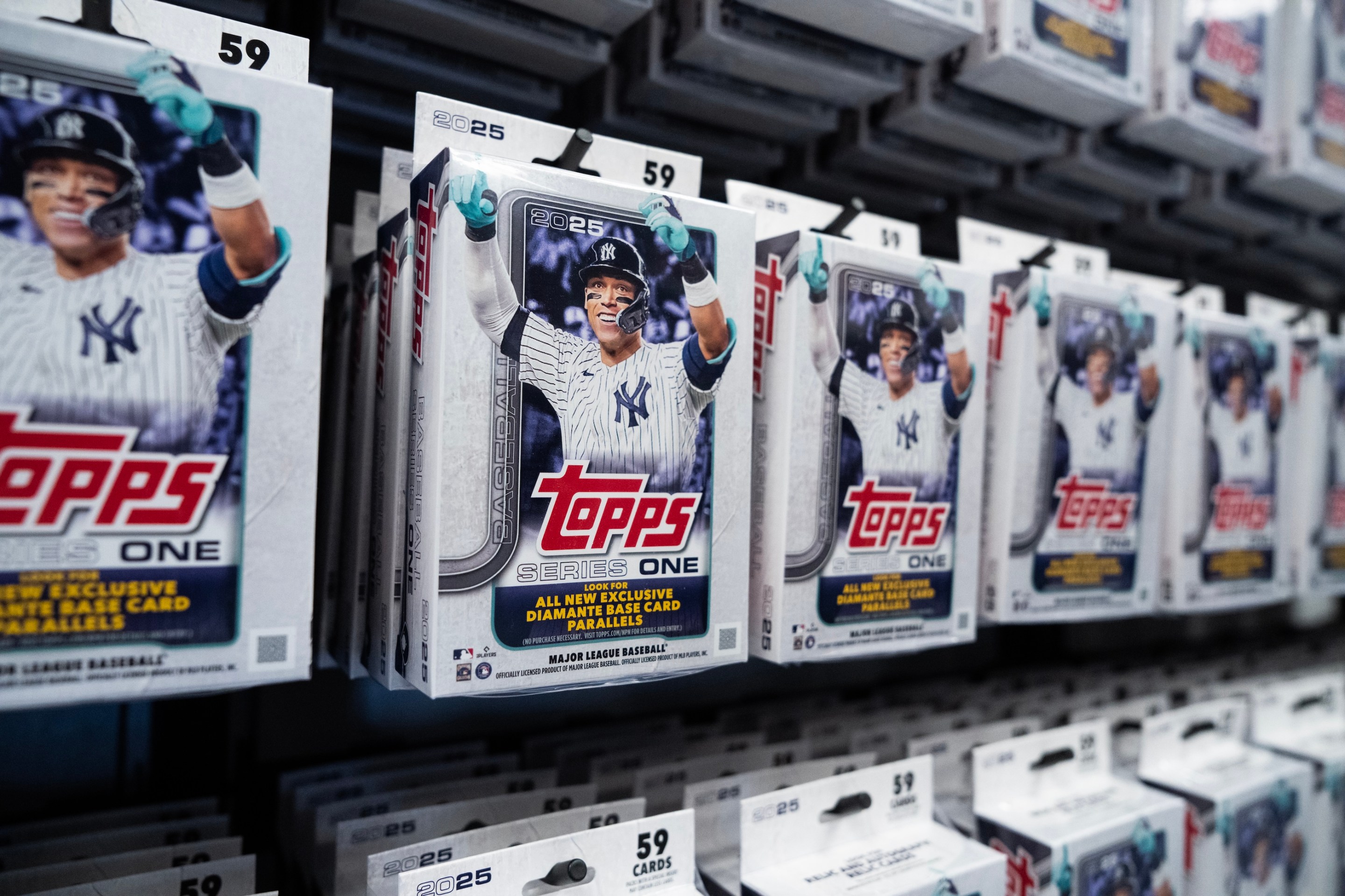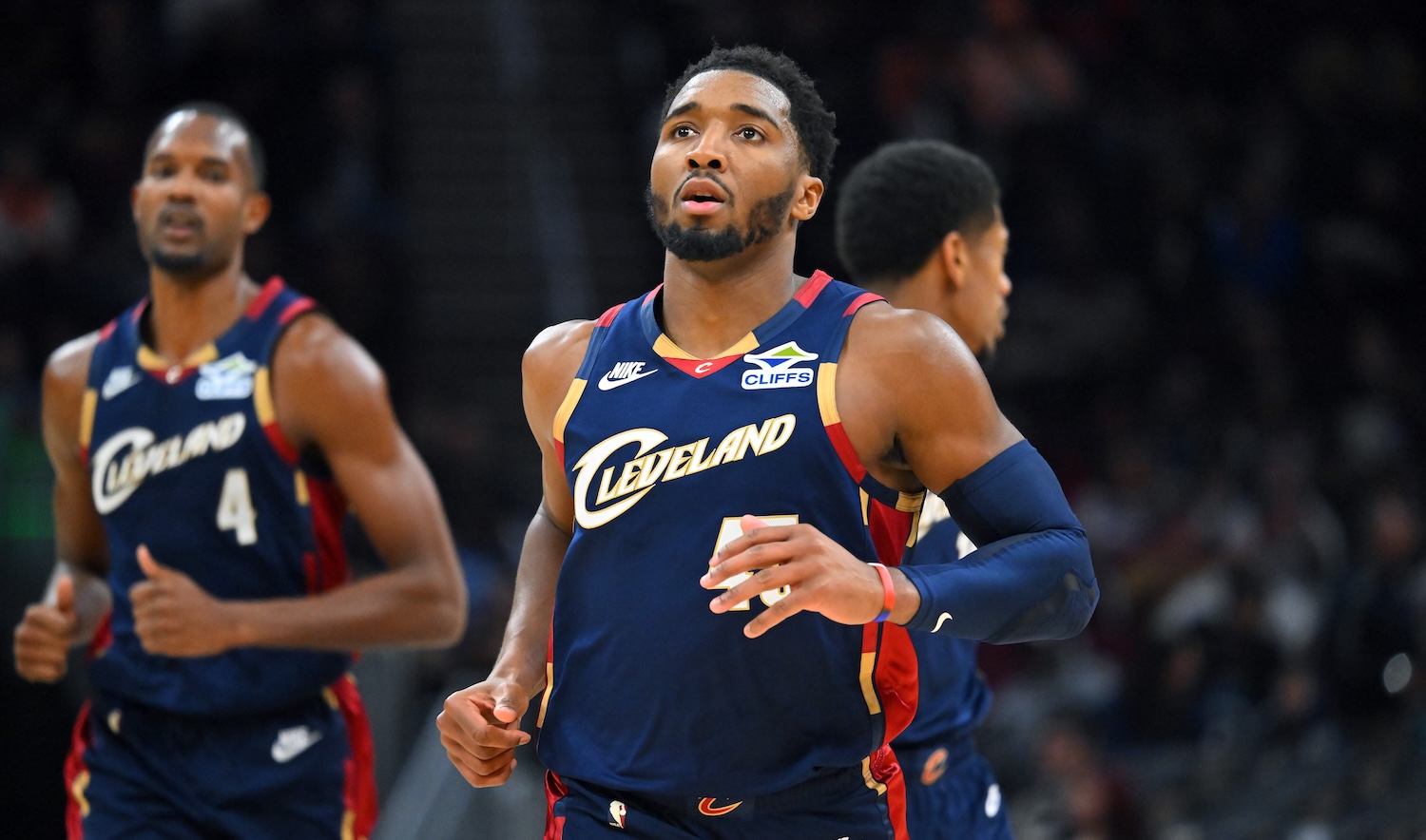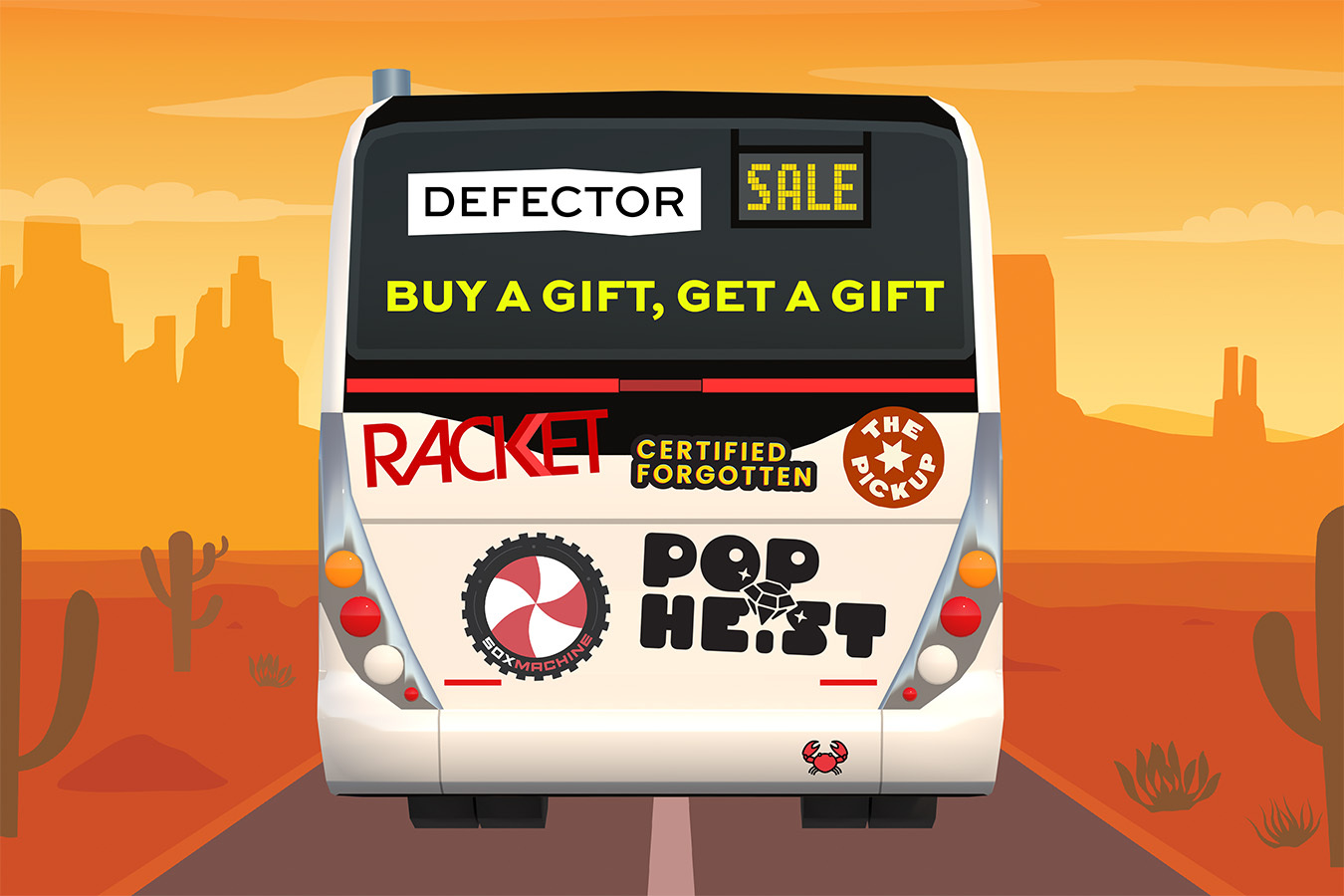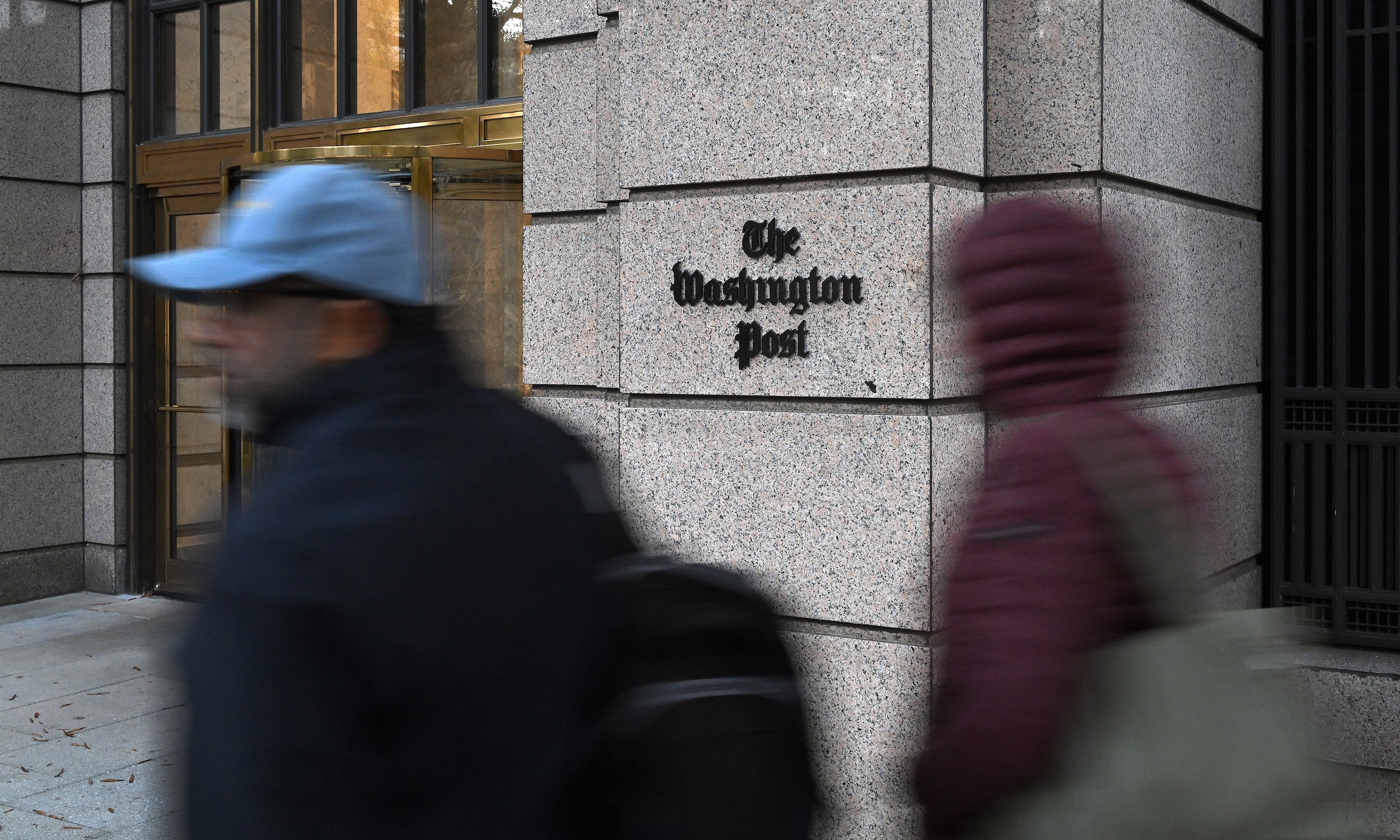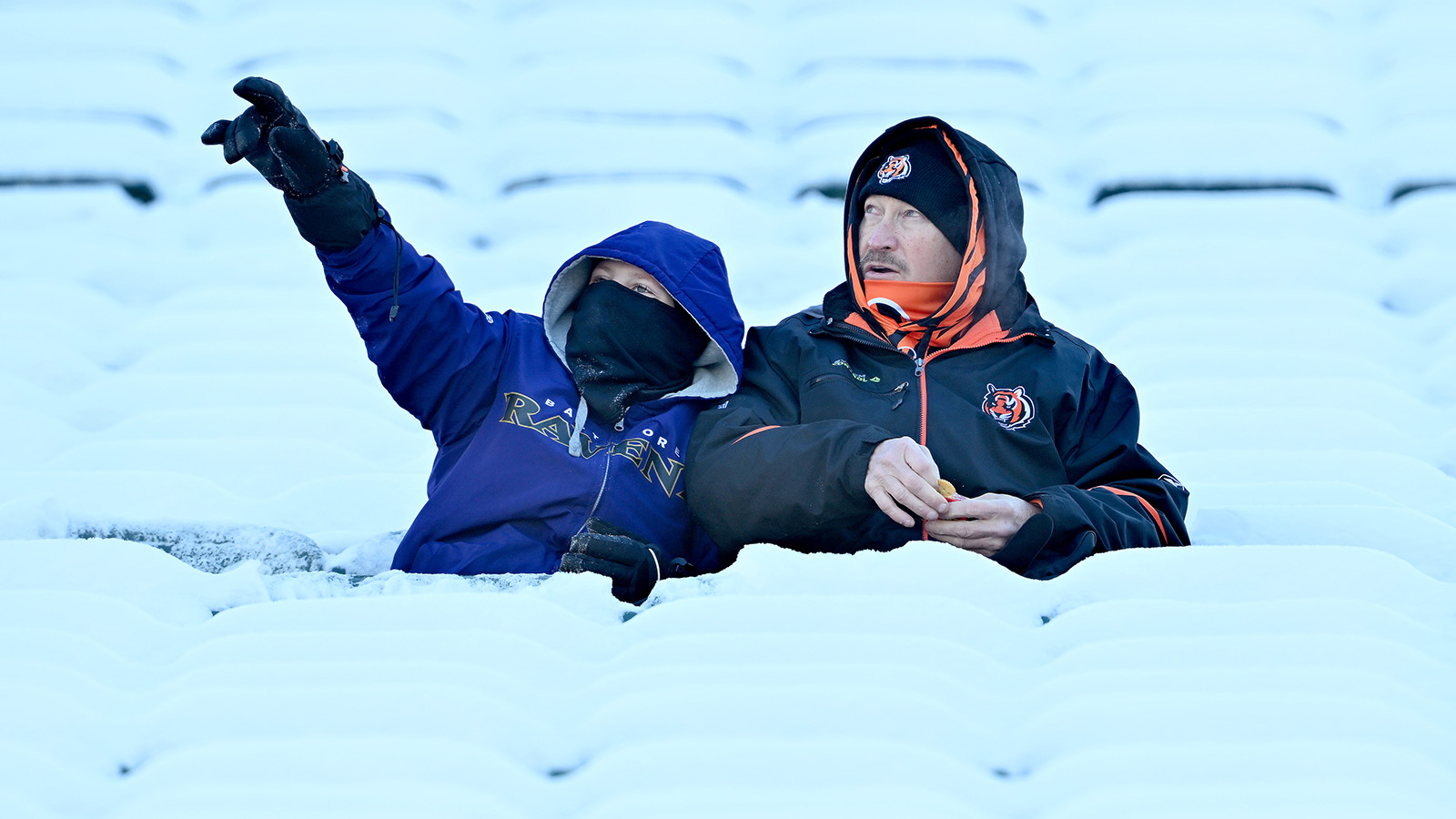Spring training was already in full swing when Jason texted me. We mostly talk Phillies, and I figured he wanted to discuss which players would be disappointing us this season. Instead he had a question about baseball cards.
He showed me two Topps cards, for the Angels’ Niko Kavadas and the Astros’ Jeremy Peña, from the 2025 set. Each card sparkled in an uncanny way. Kavadas’s card had a reflective blue border, and Peña’s entire card glittered silver. They had the look of special cards, although Jason told me they weren’t worth anything. He just wanted to know what kind of card they were.
It's a good question. The Series 1 set of 2025 Topps consists of 350 cards, from Shohei Ohtani (No. 1) to Francisco Lindor (No. 350). But each card has a number of parallels—cards that are basically the same design as the base set but are altered in some way. That Lindor card also features an alternate Big Head Variation, in which his head is big. “This variation pays homage to past oversized caricature-style collectibles while keeping a modern and polished look,” Topps says.
Ohtani has both a Big Head Variation and a Dancing Dodgers alternate. Only selected players get that kind of exclusive parallel—25 players get the big heads, and 10 Dodgers dance. But all 350 cards get a Golden Mirror Image card, which features a different photo on the front and a gilded back. Most of the parallels in the Topps set are some sort of sparkly foil like the Kavadas and Peña ones. Some have numbered runs: Purple Holo Foil is numbered out of 250, as is Purple Rainbow. Independence Day is x/76, while Watering Can is x/5. Platinum Holo Foil is a 1/1. Other parallels have open-ended editions, like the Kavadas and Peña ones my friend sent me. Beckett says every card in the set has more than 50 different versions. And the whole set isn’t even out yet! In early June, Topps will release Series 2, which will complete the 700-card base set.
Topps sent me a checklist for the set, and there are more than just parallels in there. There are also 100 cards designed to mimic the design of its 1990 set, featuring players current (here’s Gordon Graceffo) and retired (here’s Frank Thomas). Thomas, who retired after the 2009 season and was inducted to the Hall of Fame in 2014, has 33 different cards on this checklist. He also inspired his own variation in the throwback cards; players names are removed on the front, a nod to an error card missing his name in the original 1990 Topps release.
The checklist also has 17 sets of autograph cards. They are: 1990 Topps Baseball Autographs, Baseball Stars Autographs, Baseball Stars Dual Autographs, Baseball Stars Triple Autographs, Flagship Real One Autograph Cards, Signature Tunes Dual Autographs, 2024 First Pitch Autographs, The Big Hurt Autograph Variation, 1990 Topps Baseball Chrome Autographs, Larry David Autograph Card, Flagship Autograph Patch, Major League Material Autograph, MLM Dual Autograph, Heavy Lumber Autograph Relics, City Connect Swatch Collection Autograph Relic, and the Rickwood Autograph Relic Collection.
Those cards may have parallels, too. A 1/1 version of the Larry David card, for instance, sold for $10,100.03 on eBay. “Sure, it might not be as valuable as the T206 Honus Wagner or a 1956 Mickey Mantle,” TMZ wrote. “but Topps’ ’25 signed Larry David card, which just sold for over 10 racks at auction, is MUCH COOLER!” If you agree with that assessment but don’t have those kinds of racks, there are a number of cheaper options: A /25 sold for $3,495 on March 19 and for $2,379 on April 2. A /5 version cost $4,550. These are more expensive than your average Larry David signature; a box of Junior Mints that he signed goes for $549, which seems like a bargain in comparison.
There are other subsets, too. Retail packs feature Stars of MLB (30 players) and Plakata! (25 players) cards. “This year’s Plakata! insert stands out thanks to its collaboration with Carlos Peńa,” Topps says of that set. “Known for his dynamic commentary and larger-than-life presence, Carlos Peńa brought his iconic ‘Plakata’ call—used to highlight jaw-dropping home runs—to the design table. The inserts capture the essence of power and explosion, making them visually striking additions to any collection.” Other cards are exclusive to boxes and packs sold at specialty card shops. There’s also a set of Fanatics Authentic Redemption Cards, exclusive to sales by Topps’ owner.
There are 2,613 cards on the checklist Topps sent me. That's a big number, and a difficult one to comprehend. It fits, in that sense, because there are so many cards in this set that it can feel impossible to figure out what kind of card you’re looking at; my friends in the sports card sicko community were not able to identify which particular parallels Jason had pulled. The Trading Card Database lists 41 different variations of those 1990-styled cards alone.
This is not the first year Topps has gone all out with the number of cards in its set. Jeff Blankenburg, a programmer in Ohio, set out to calculate the number of different cards in the 2024 set. He counted 43,568 different cards; the actual number is no doubt higher. Last year Topps released “sketch” cards, where an artist drew something right on blank cardstock. Each of those cards was unique, and a 1/1. PSA has graded 63 different cards of that type, for 47 players. Blankenburg, who’s working on an app allowing users to track their collection, told me that he has no way to know how many different times an artist drew a player on a card.
Blankenburg also told me that the 2025 set will be even larger than last year's. His 2024 count had 32 parallels for each card in the 700-card base set. That’s 22,400 unique cards; the remaining 21,168 cards came from the 324 parallels and subsets. His 2025 base set count already has 20,650 cards in it, with another 350 cards, and all their many parallels, still to come.
Companies have always printed a massive number of cards. By all accounts current production levels are not what they were three decades ago; the trade pub American Printer estimated there were 81 billion cards being printed annually by the early 1990s. There have always been card variants, too. What’s known as the Old Judge set, released in packs of cigarettes by Goodwin and Co. Tobacco in the 1880s, featured around 500 players. But there are at least 3,500 different cards, and new ones are still being discovered. But Topps has taken this old idea of variants and parallels and inserts and parked it deep in the upper deck.
The card industry is once agan booming; in a cultural moment defined by wild and willful speculation, that’s not a surprise. This kind of boom has happened before—but this one has already lasted longer than most and cards are still going for unbelievable prices. Larry David autographs are going for four- and five-digits. An 11-year-old boy pulled a much-hyped Paul Skenes MLB debut patch card in this year’s Topps set; he sold it to Dick’s Sporting Goods for $1.1 million. One company will put your trading card box into a CT scanner, which can sometimes show if there’s a valuable card inside. That all of this is obviously very silly does not make it unprecedented.
One notable difference from previous trading card booms are breaks, where streamers open a pack of cards live on camera. Sometimes these streams are also raffles, with viewer-gamblers buying slots in the open and hoping they get a valuable card in return. In a recent break, a man who goes by Dr. Moist Muffins won a Jayden Daniels 1/1 rookie card that Reddit co-founder Alexis Ohanian had placed a $200,000 “bounty” on. WeTheHobby, a site that features a stable of breakers, handled a sale to a buyer for Dr. Moist Muffins. Ohanian had to settle for a less-limited version of the Daniels card.
“The vibe from the industry is that this rise in the number of cards in a set is happening because breaking has become so popular,” Blankenburg says. “You have individuals buying 300 cases of cards, and a case is six to 12 boxes each. Those are boxes that companies have to make and sell. The retail business is growing quite a bit too—cards are being sold in stores that never carried cards before, at least not since the '80s and '90s.”
Topps has a number of cards that are exclusive to one retailer; Blankenburg told me that, last year, the company had a card subset exclusive to Fred Meyer grocery stores. And Topps encourages breaking, too: WeTheHobby, for example, streams breaks on Fanatics’ site. All of which means that Topps has a few types of buyers: streamers, collectors, investors. It needs to produce this many cards because those people want to buy a lot of cards, and there are a lot more people in those groups than there were a few years ago.
Most of the cards that those people will pull out of those packs are basically valueless on the secondary market. Ohtani’s base card in the 2025 Topps set has sold on eBay for 99 cents with free shipping. When you consider how many of those cards exist, that makes sense, even accounting for the fact that he is Shohei Ohtani. His Stars Of MLB card went for less than a dollar, too. The parallels tend to go for a lot more, with that value dependent upon how scarce they are. The Ohtani Independence Day parallel, an edition of numbered out of 76, has sold for a few hundred bucks. But Blankenburg says it’s hard to see these cards holding much of their value.
“I think if we had an opportunity to fast forward 30 years,” he says, “I think people will look back now and say, ‘Wow, that was so many cards—none of these are worth anything’ in the same way that people look back on the '80s now and feel that way. I think that there are cards that are valuable and those will continue to hold their value. It's 1/1 rookie cards, it's the things that have autographs and pieces of uniforms. It’s going to be the rarer things—not when you have a card that's orange and it's stamped 1/599. That's not going to hold its value, which is unfortunate—there’s still only 600 of those.”
Topps declined to comment about the sheer number of different cards in the 2025 set. But Mike Mahan, CEO of Fanatics Collectibles, has talked publicly about the company’s philosophy. “You have this intractable tension,” he said on The Geoff Wilson Show on YouTube:
“You have products that are meant to be accessible at a certain price point, and we will essentially have an increase in volume to meet that demand. Now, they’ll still be the one-of-ones and the parallels and things that have value within those sets, but we want those sets to be affordable and accessible. Then you have some of the high-end stuff where if there’s more demand, it's just we're not going to increase the volume and it’s going to show up in price, and that's okay, and there’s everything in between.”
Part of me wants to agree, and even thinks this strategy—if that’s the right word for putting out a set of 40,000 different baseball cards—is actually a good thing for baseball card buyers. Getting a lot of cards is not that expensive; I bought a $50 box of 2025 Topps baseball and now I have 244 cards. Cards in the 350-card base set are worthless, and that’s because they’re easy to get. If kids simply want to collect their favorite players, doing that is now cheaper than ever, or at least easier than ever. But that sort of thing and that sort of collector isn’t what makes the business work, and that is only getting more true by the day. The trading card industry has always been an industry, and has sought and done the things that industry does.
“The card-collecting hobby had no innocent beginnings,” Dave Jameison writes in his excellent book Mint Condition: How Baseball Cards Became an American Obsession. “It was the by-product of a marketing technique used to establish the cigarette in the lives of Americans, particularly young boys.”
Trading cards no longer have an upstream role in killing America’s youth, which is nice. But scams have proliferated throughout the industry’s history. In 1933, the Goudey Gum Company released a checklist of their 240-card set. But it never printed card No. 106, of Nap Lajoie; the idea was that kids would continue to buy packs searching for the card that would complete a set they could never actually finish. Upper Deck printed full sheets of the iconic Ken Griffey rookie card from its 1989 set to satiate collectors who complained about the card coming damaged out of the pack. It was card No. 1, which meant there was a greater chance of it being cut improperly. The full Griffey sheets meant that the card, prized by collectors, was not actually all that scarce.
Price gouging even went down to retailers: In 1946, the Associated Press reported on a picket line outside a store that would only sell kids trading cards if they bought a yo-yo first. The children in the line carried “We Can’t Chew Yo-Yos” and “No Bounty for Bubble Gum” signs.
The trading card companies of today—Topps and Panini are pretty much the only players—do not resort to these kinds of secret tactics. They don’t have to. Their tactics for selling more cards are out in the open: Parallels, insert cards, cards that include part of a player’s jersey.
“I think you're going to see this year a lot more focus on inserts and a lot more thoughtful storytelling around those inserts in terms of what they mean, why they exist, how they’re organized,” Mahan said on that show. “Obviously, you don’t want to add parallels ad infinitum, right? You can’t just continue to add parallels forever. So you have to have the right balance. You have to have the right number of parallels where people can still get a hit, they can still get a certain card. It’s still accessible, but not so many that it waters it down.”
This split has been a part of how the industry works from the first moment that baseball cards became valuable; what a card is worth to a fan and what it is worth to collectors on the marketplace are necessarily different things. But one is much more easily quantified than the other. The first thing people say when they talk about finding their old baseball cards is how much they’re worth; that the answer is generally “nothing” does not make them less valuable in those other ways, but more to the point it does not stop those same people from dreaming of riches if they pull the right card. And they have so many reasons to think this. People just got thousands of dollars for autographed Larry David cards! Some 11-year-old kid sold a card to an S&P 400 company for more than a million dollars! The ‘O’ in Ohtani’s All Star Game jersey went for $7,500! This is the thing with existing within a speculative bubble—you might know that it's all fake in some broader sense, but from one moment to the next it is very lucrative, and absolutely real.
I am not a card collector. But I think it’s safe for me to say: There are just too many cards. Topps has reached the point where it’s just overwhelming. I’m going to give most of my 244 Topps cards to Jason’s kid. But I got him another present: I figured out which parallels his son pulled. The Niko Kavadas card was an Aqua Rainbow Foil (1:500 chance) and the Jeremy Peña was a Holo Foil (1:10 chance). They are, as he guessed, not worth much.
